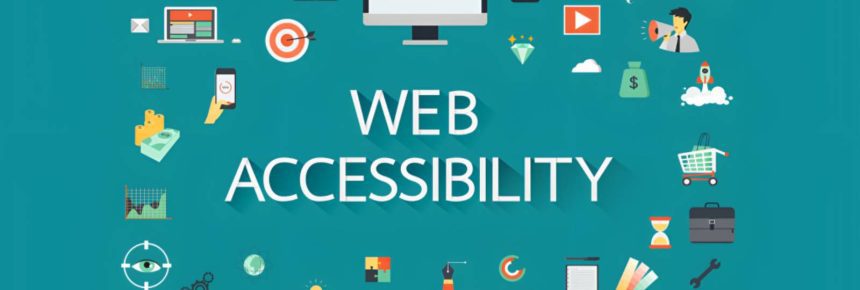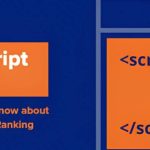In today’s world, the internet is a crucial tool for communication, education, and entertainment. However, not everyone can access the web easily. People with disabilities such as visual, auditory, physical, or cognitive impairments often face barriers when navigating websites. Web accessibility aims to remove these barriers and ensure that everyone can access and use the web with ease. In this blog post, we will discuss why web accessibility matters and how to design websites for all users.
Why Does Web Accessibility Matters?
Web accessibility is not only a moral and ethical obligation but also a legal requirement in many countries.For example, in the United States, the Americans with Disabilities Act (ADA) requires businesses to make their websites accessible to people with disabilities. Failure to comply with the ADA can result in lawsuits, fines, and reputational damage.
Besides legal obligations, web accessibility also benefits businesses and website owners in several ways. First, it expands the audience and customer base by making the website accessible to a wider range of users. Second, it improves search engine optimization (SEO) by making the website more user-friendly and easier to navigate. Finally, it enhances the user experience for all users, not just those with disabilities.

How to Design Websites for All Users?
Designing accessible websites involves following web accessibility guidelines and best practices. The following are some of the key considerations for web accessibility:
- Provide Alternative Text for Images: People with visual impairments use screen readers that read aloud the content on a webpage. Providing alternative text for images enables screen readers to describe the content to users who cannot see the image.
- Use Descriptive Links: Links should be descriptive and convey the purpose of the link. For example, instead of using “click here,” use a link such as “learn more about our services.”
- Ensure Color Contrast: Color contrast is crucial for people with visual impairments. Text should have sufficient contrast with the background color to make it readable.
- Use Descriptive Headings: Headings help users navigate through the content on a webpage. Use descriptive headings that accurately describe the content.
- Provide Captions and Transcripts for Videos: Videos should have captions and transcripts for users who are deaf or hard of hearing.
- Keyboard Accessibility: People with physical impairments may use a keyboard instead of a mouse to navigate websites.Make sure you can use the keyboard to access all website functions.
- Simplify Navigation: Navigation should be simple and intuitive. Use clear labels and organize content logically to make it easier to navigate.
Conclusion:
Web accessibility is essential for ensuring that everyone can access and use the web with ease. It not only fulfills legal obligations but also benefits businesses and website owners in several ways. By following web accessibility guidelines and best practices, website owners can design websites that are accessible to all users, regardless of their abilities. Ultimately, web accessibility is about creating an inclusive digital environment where everyone can participate and contribute.










